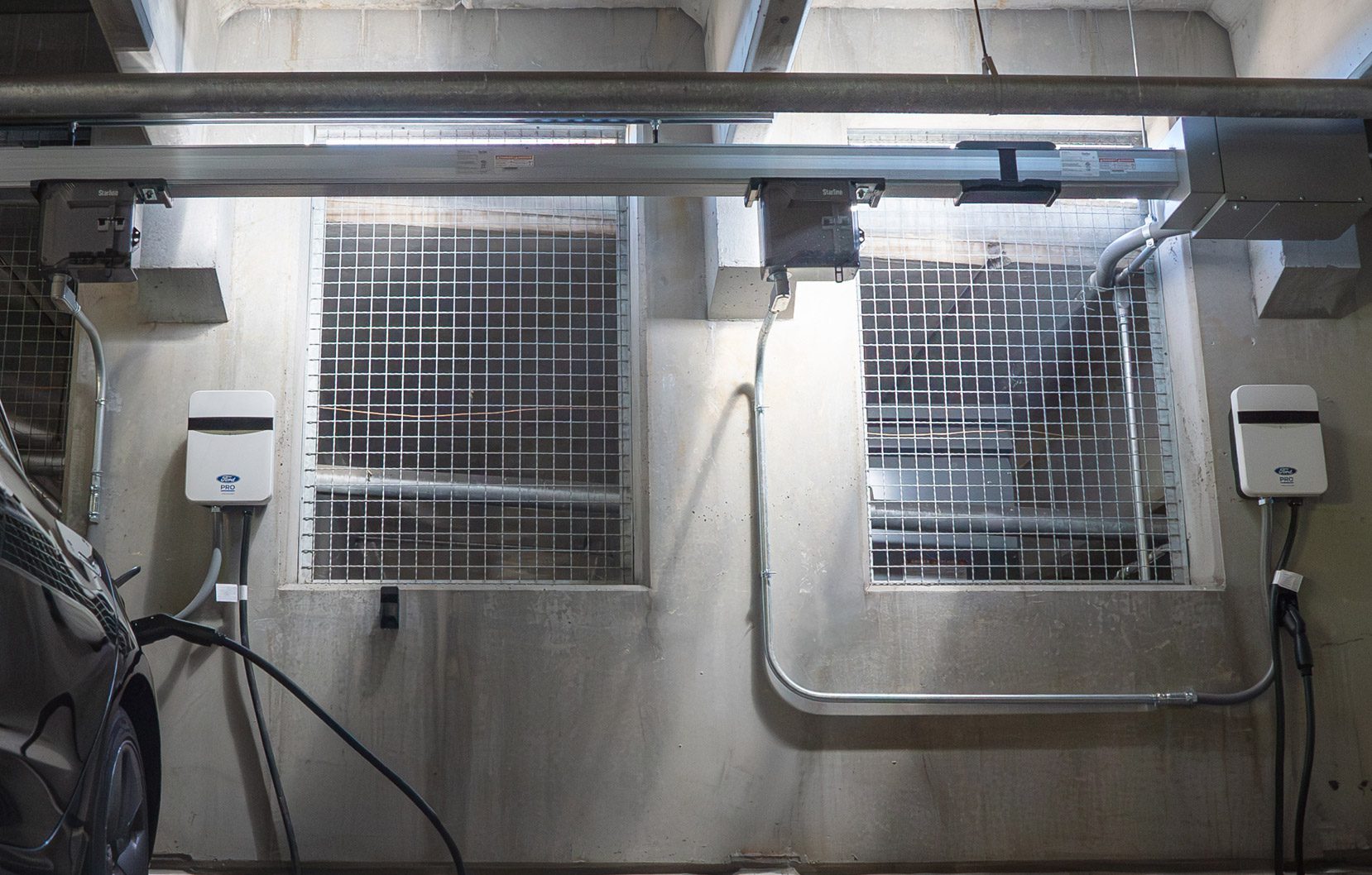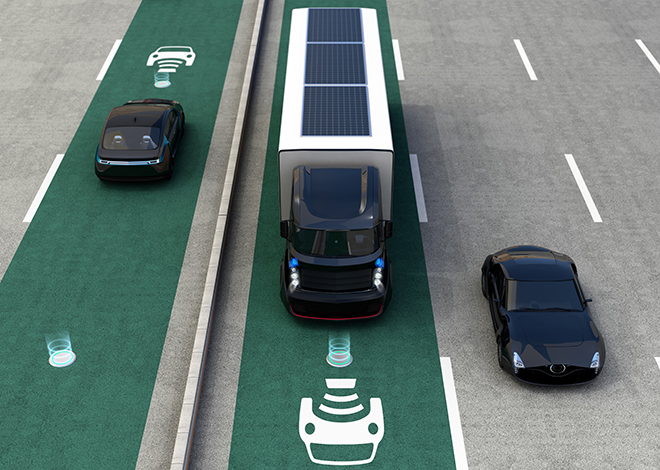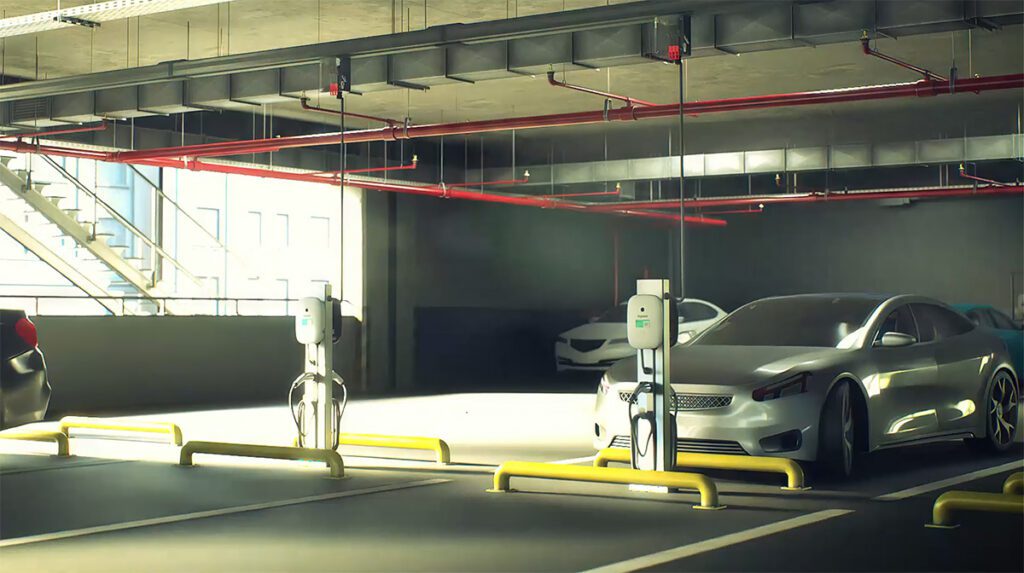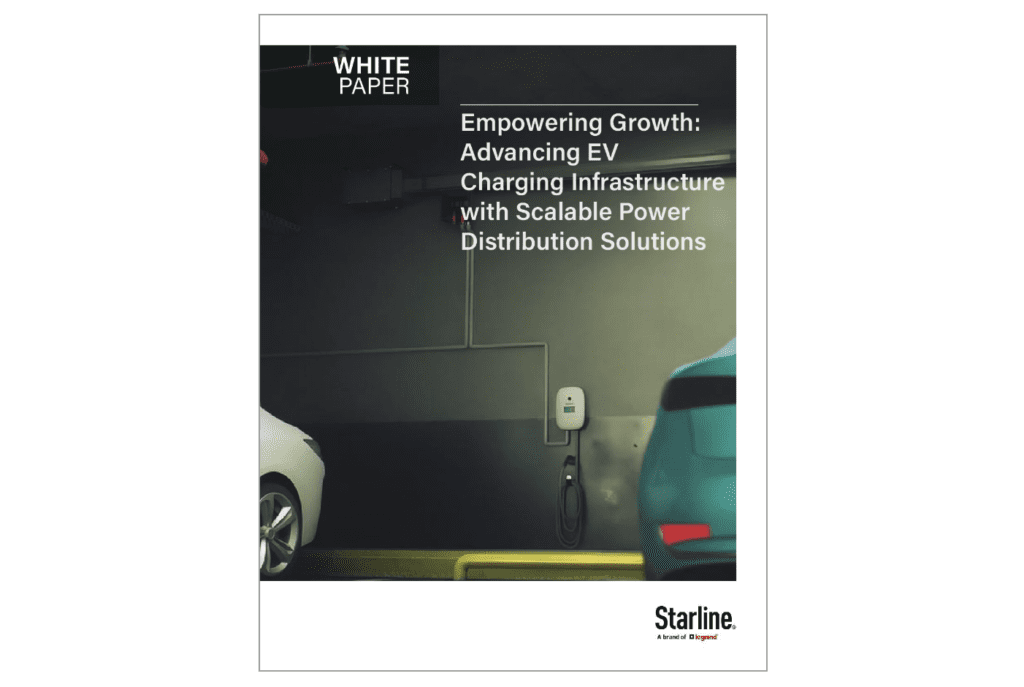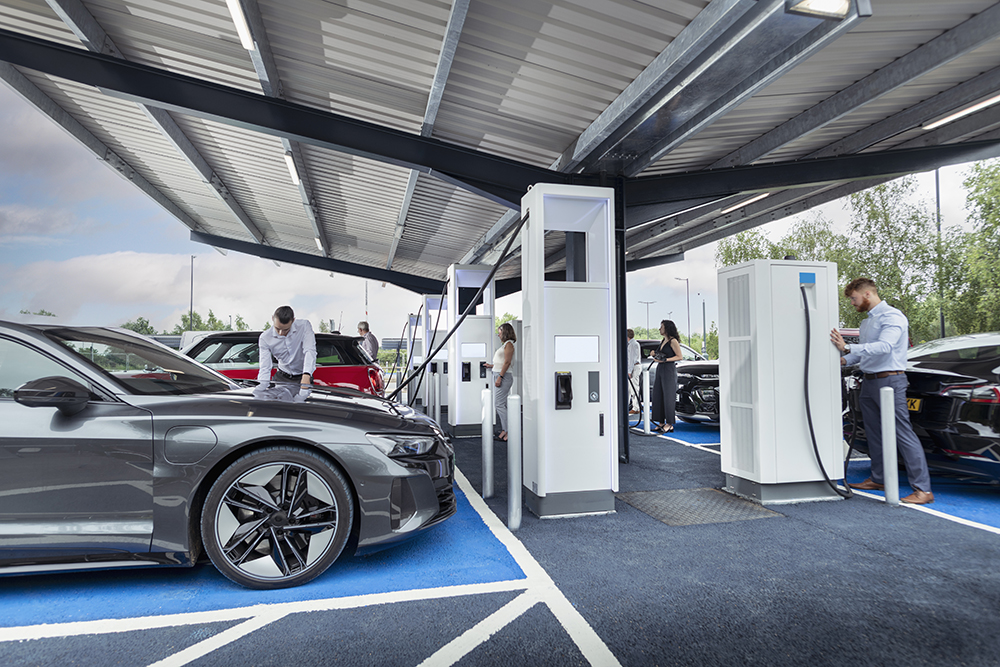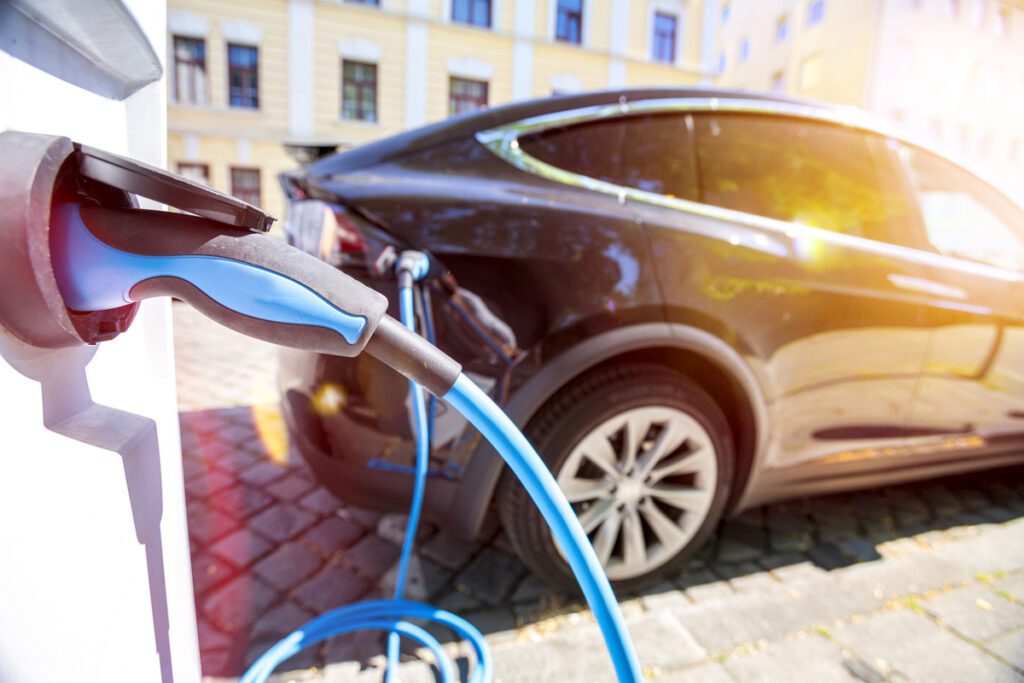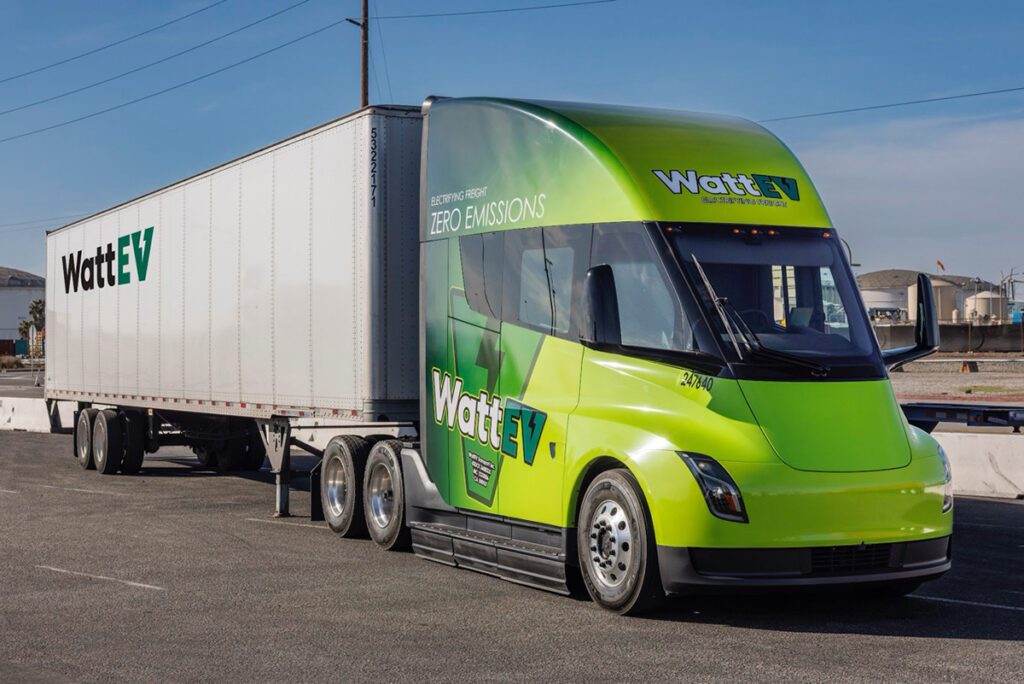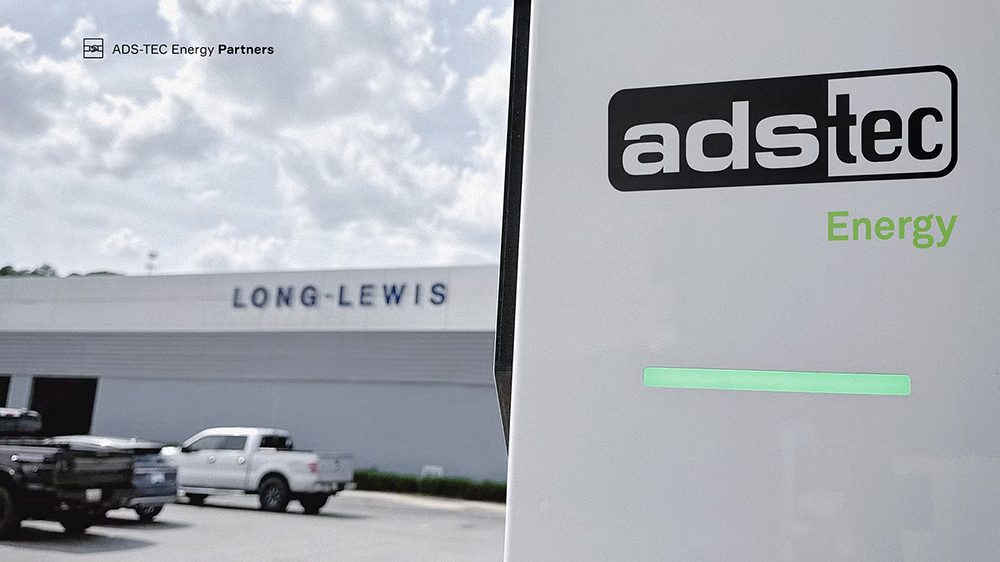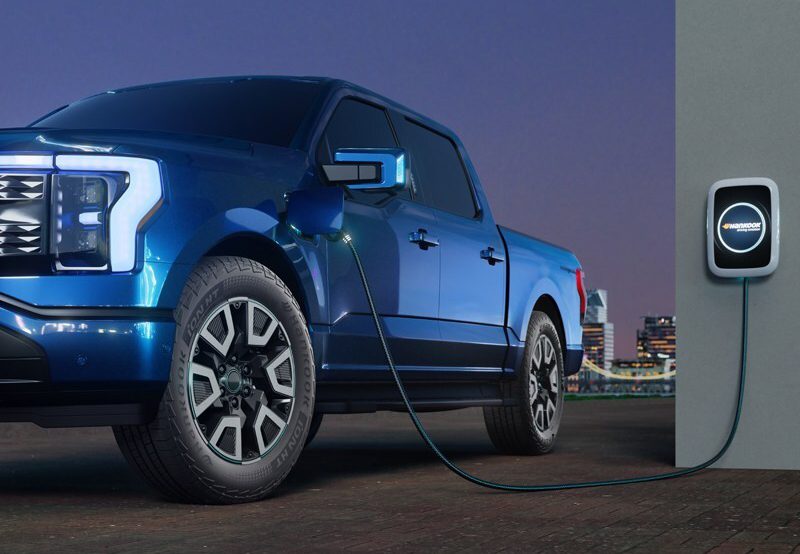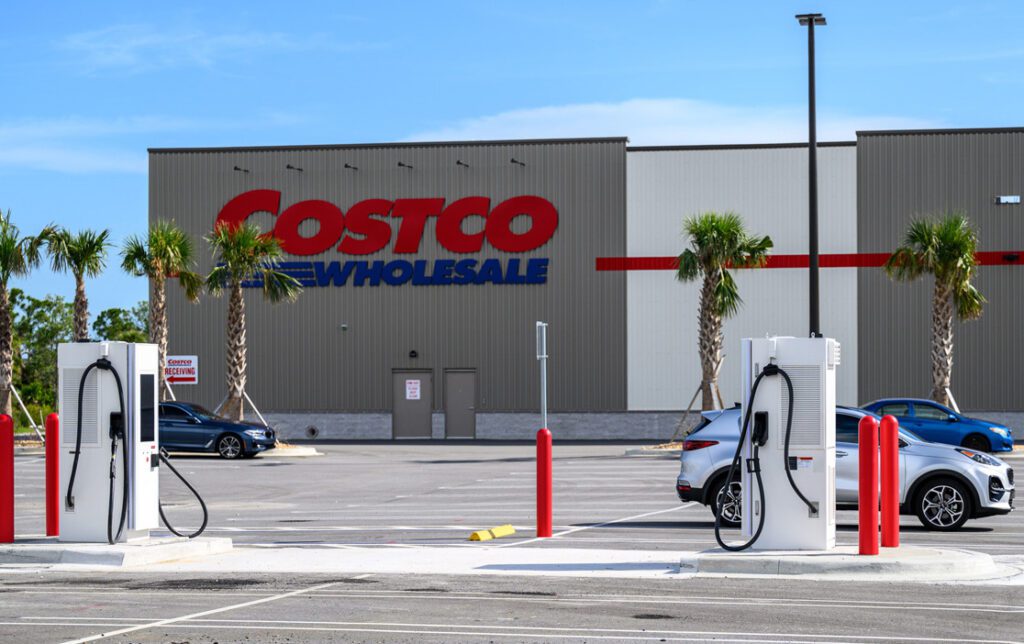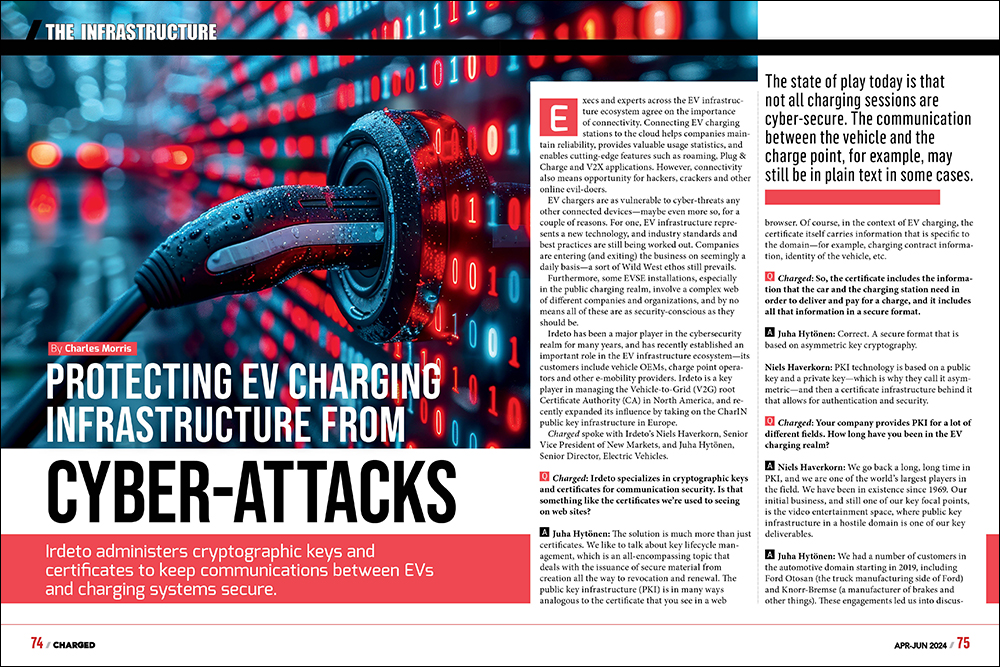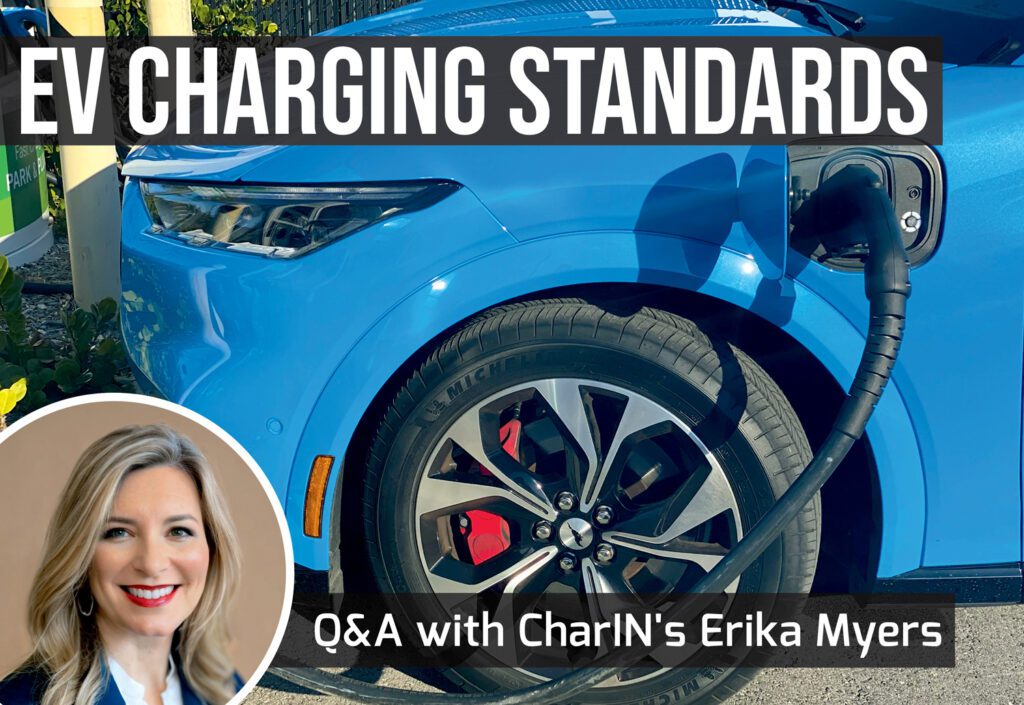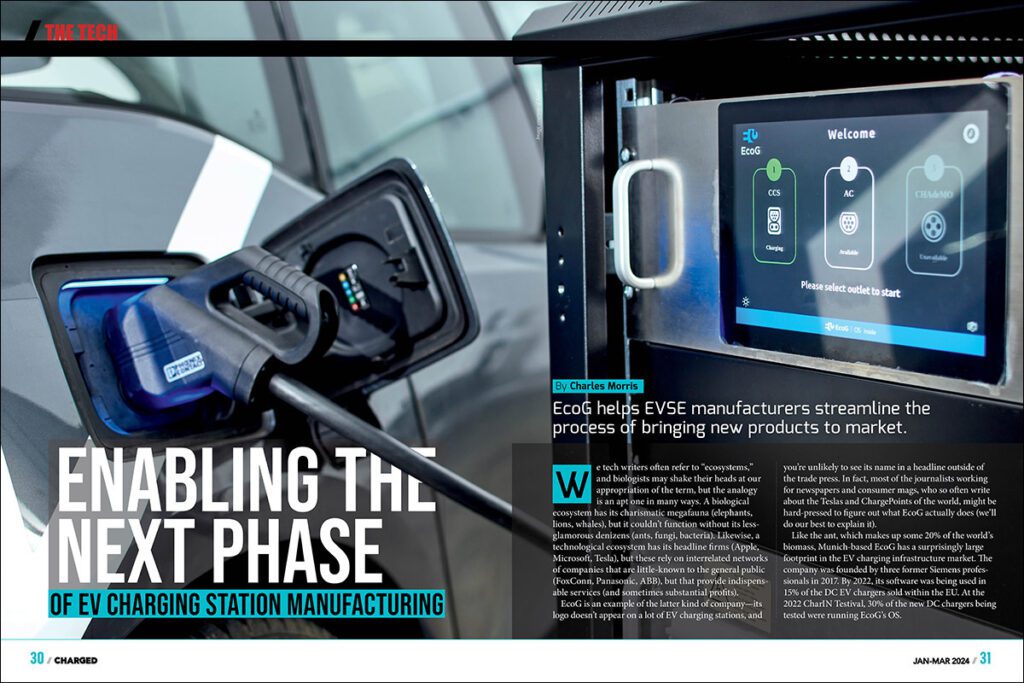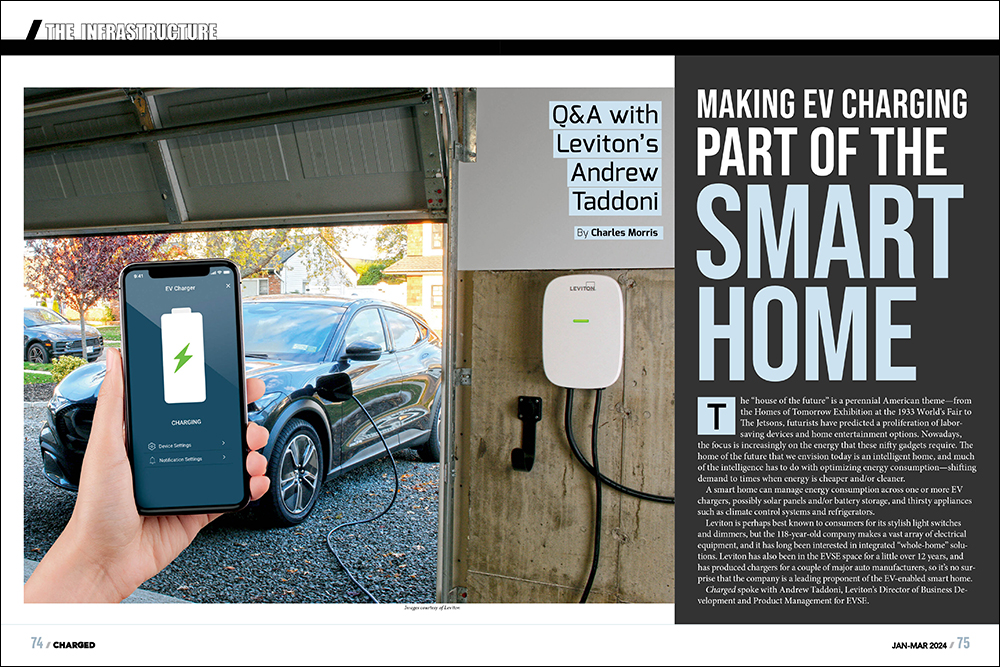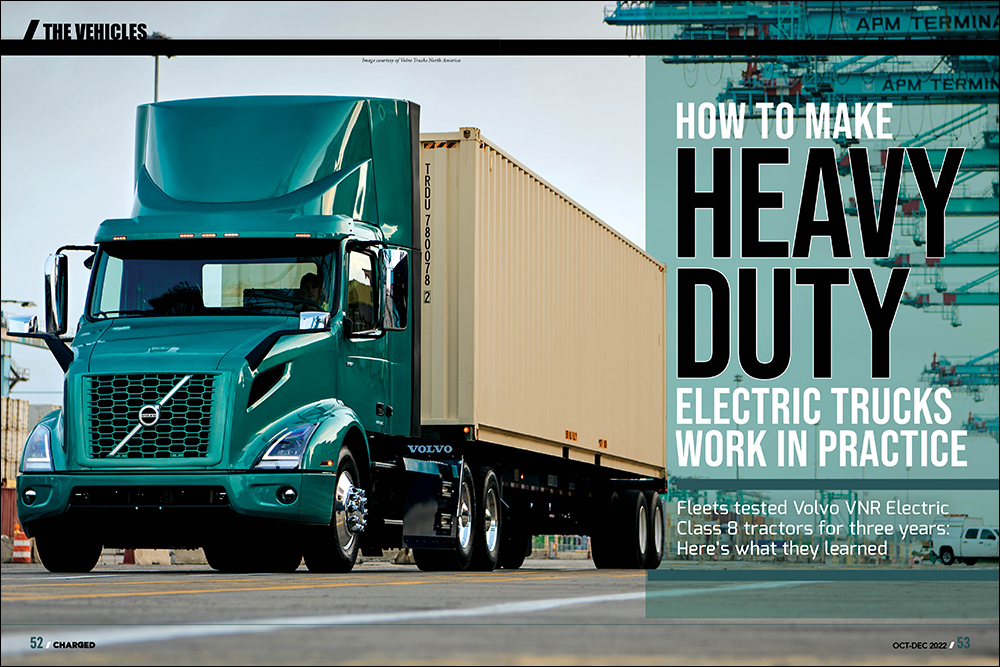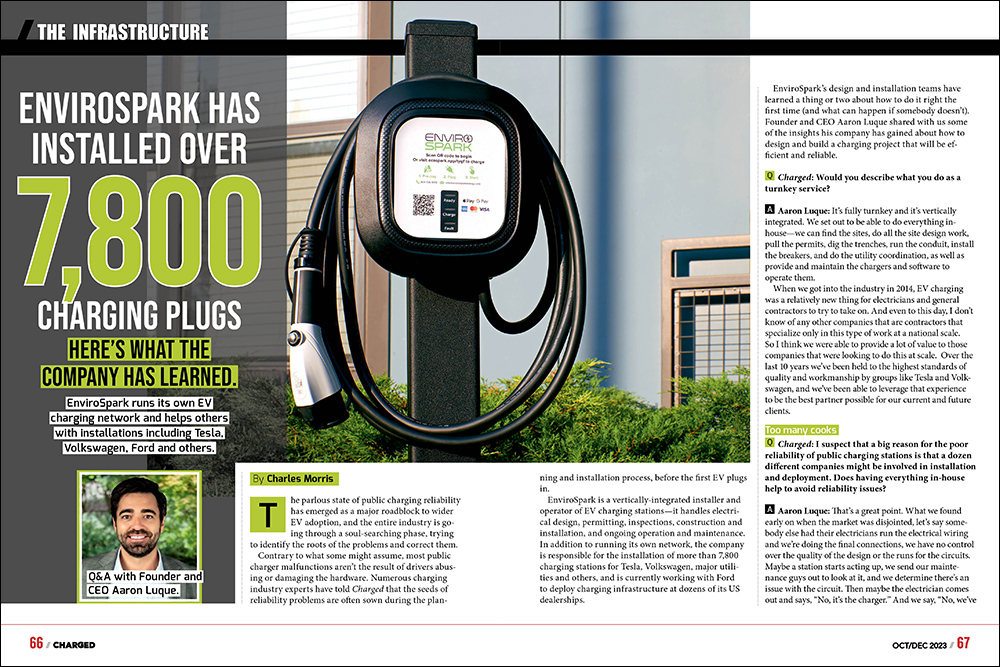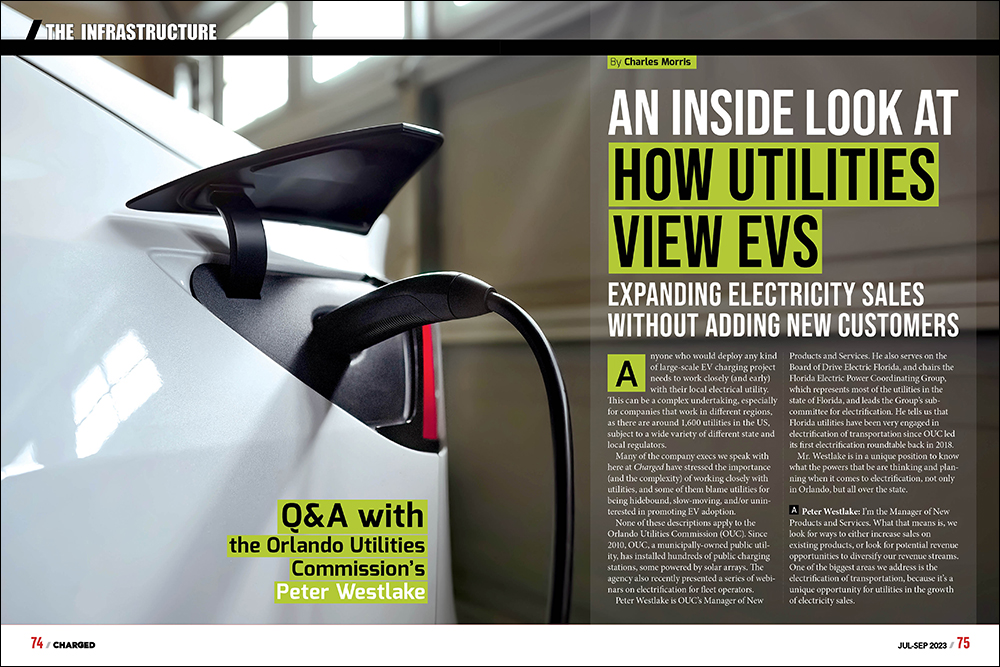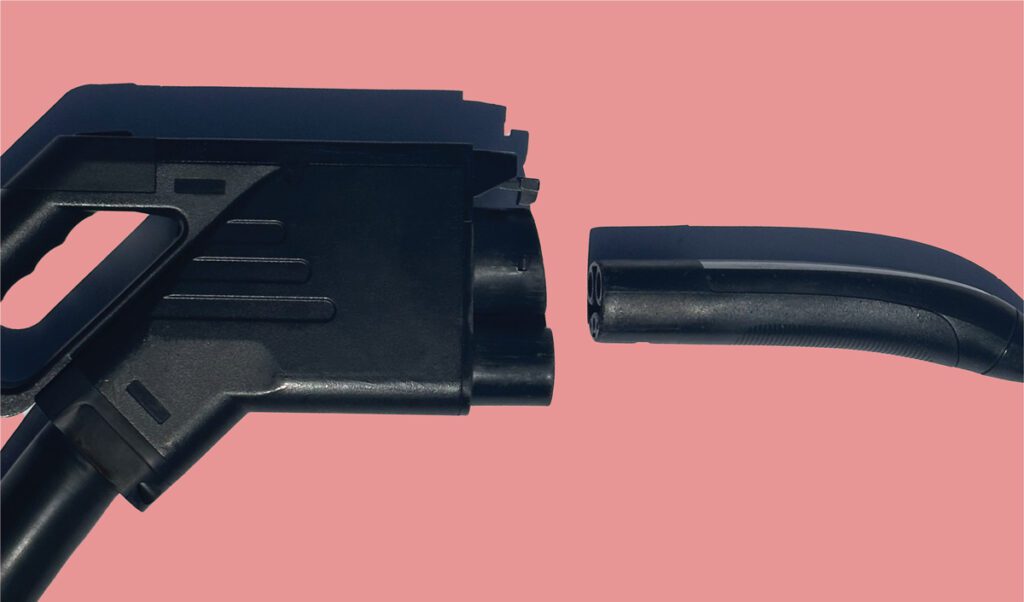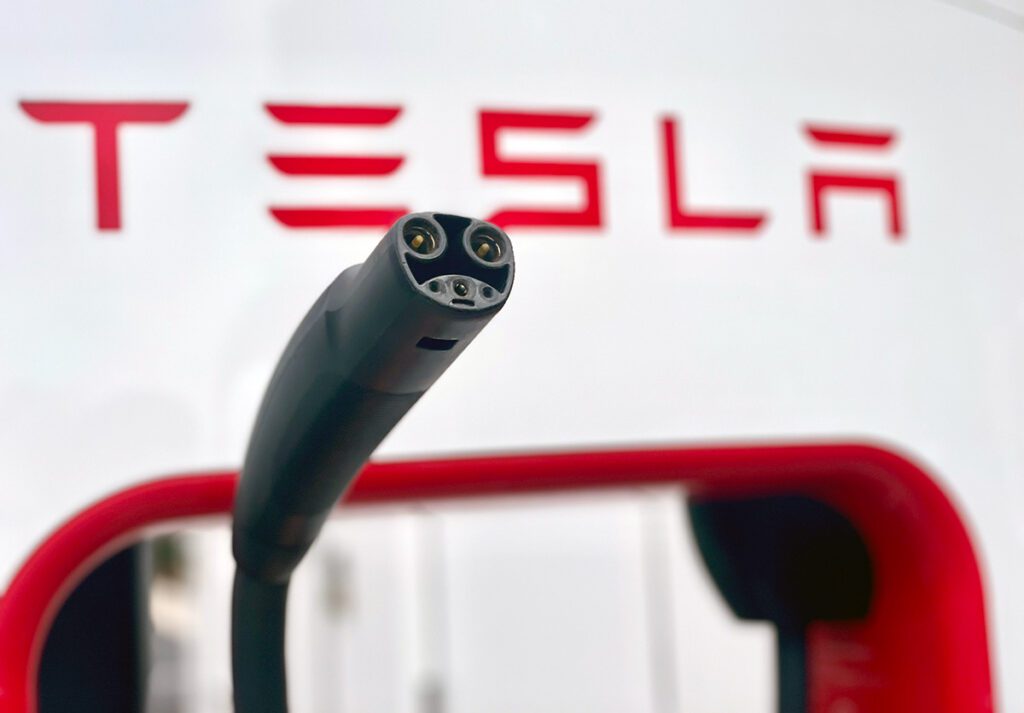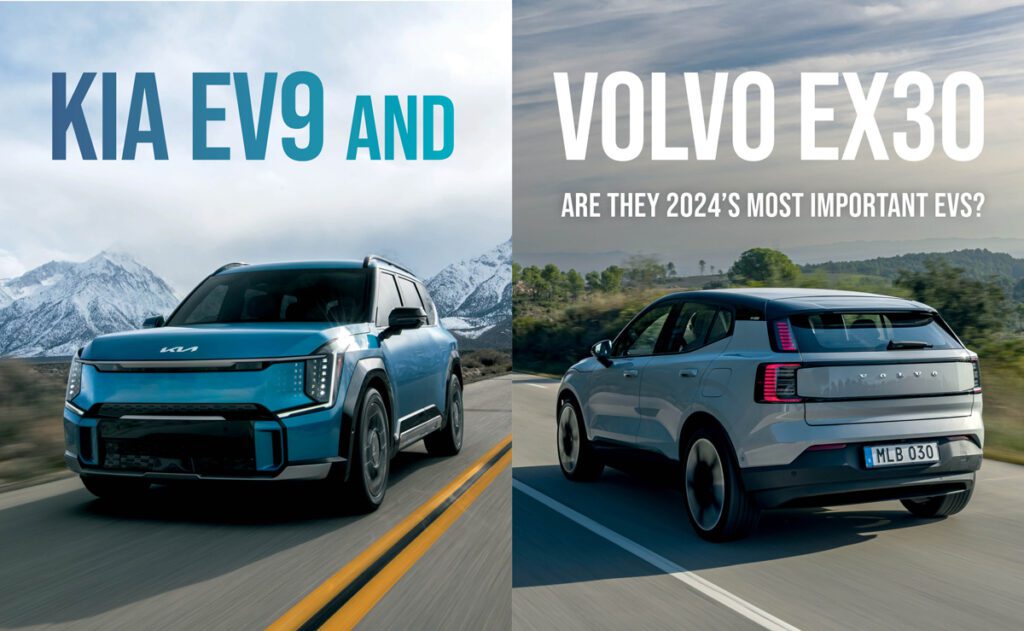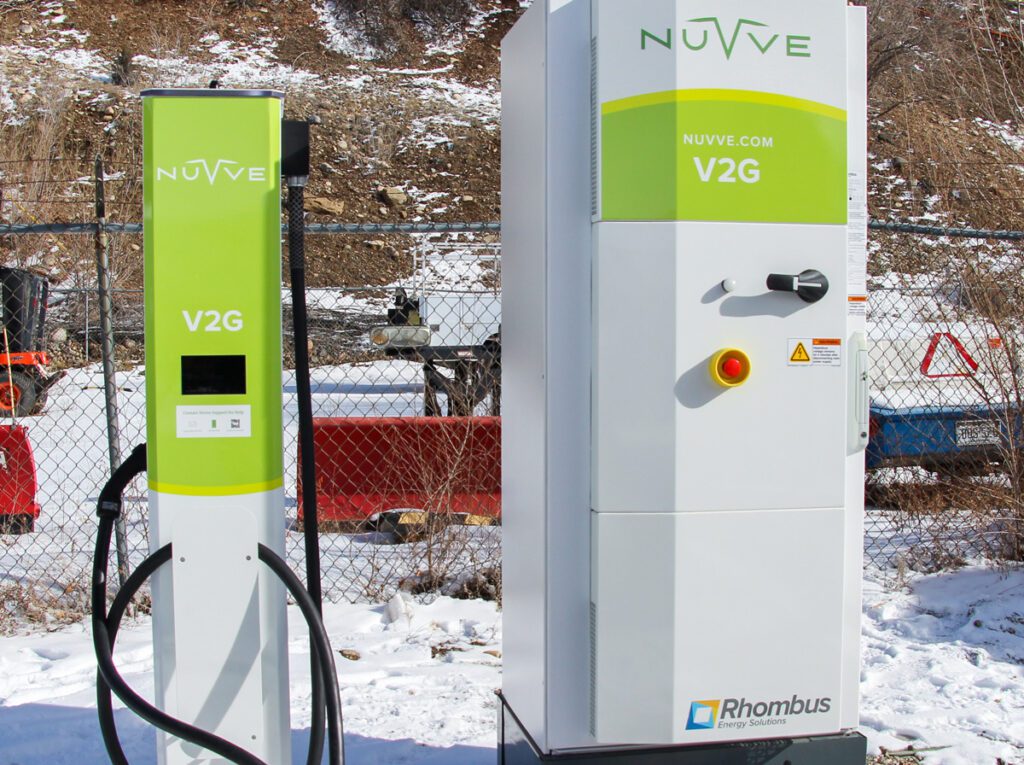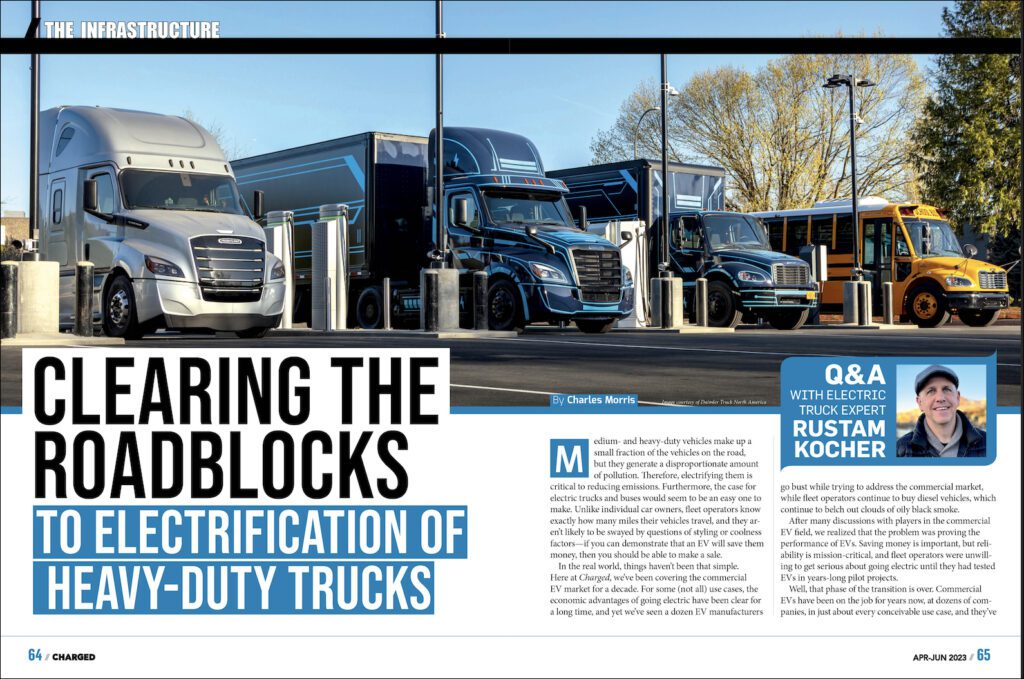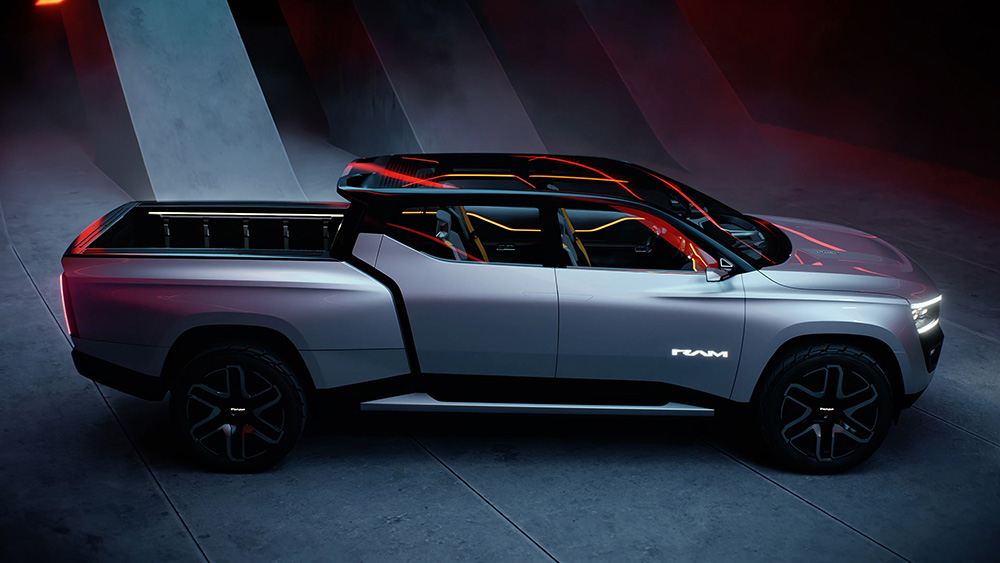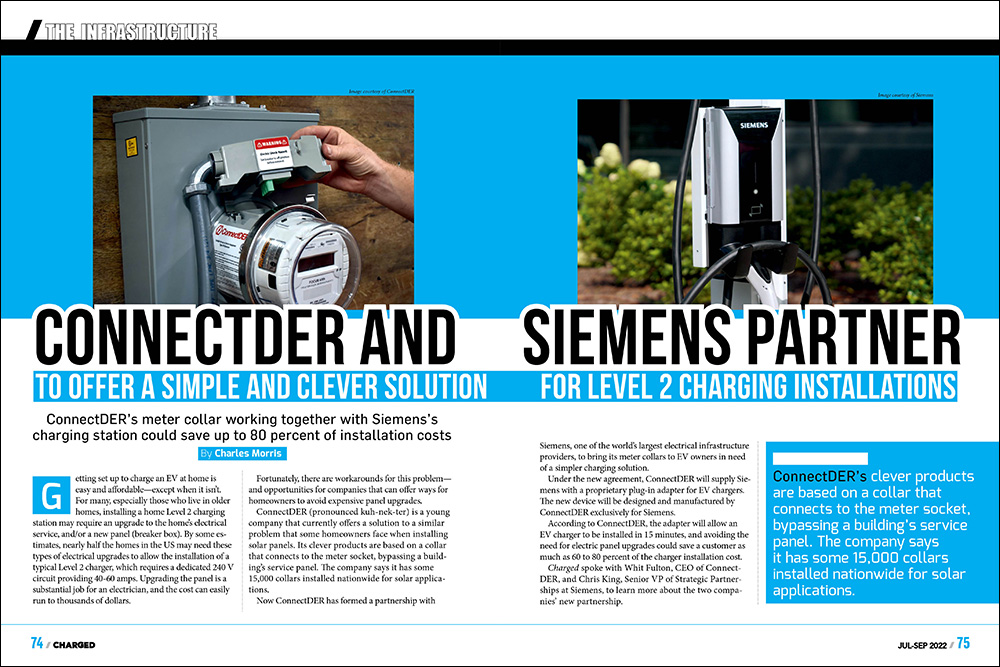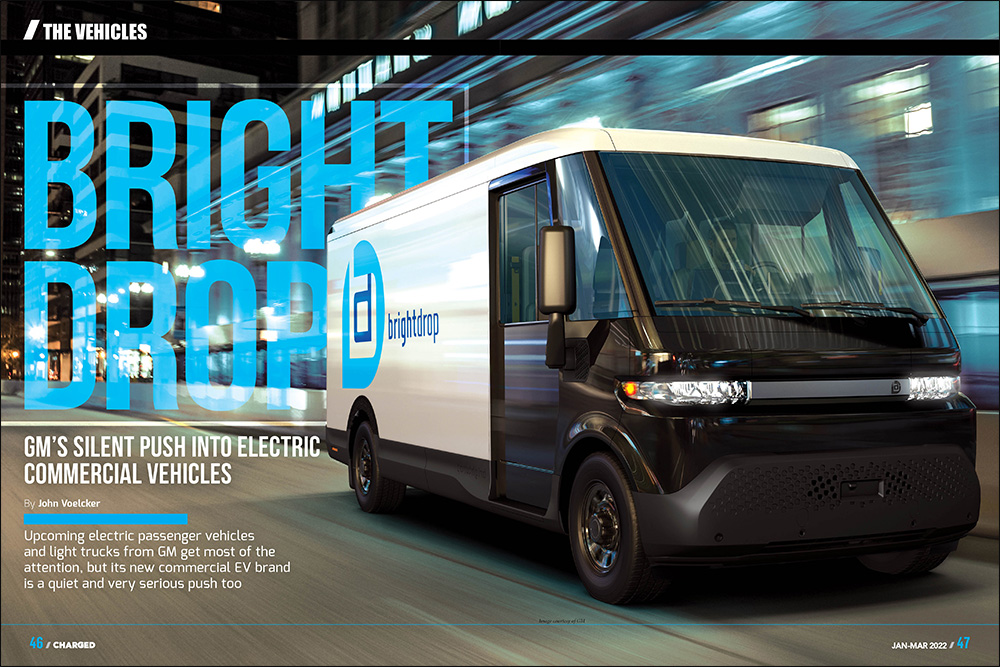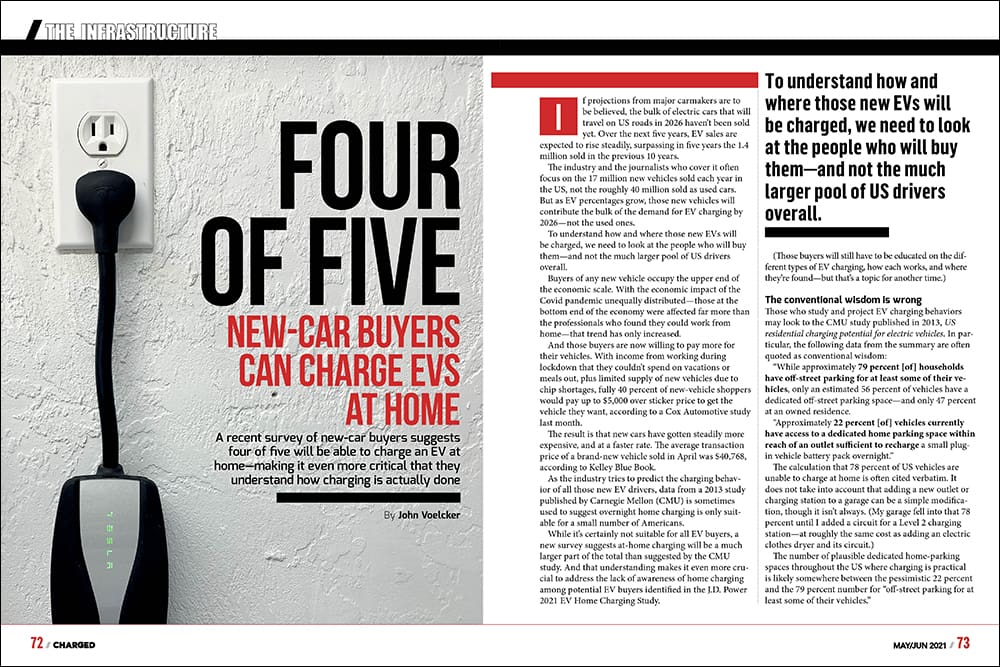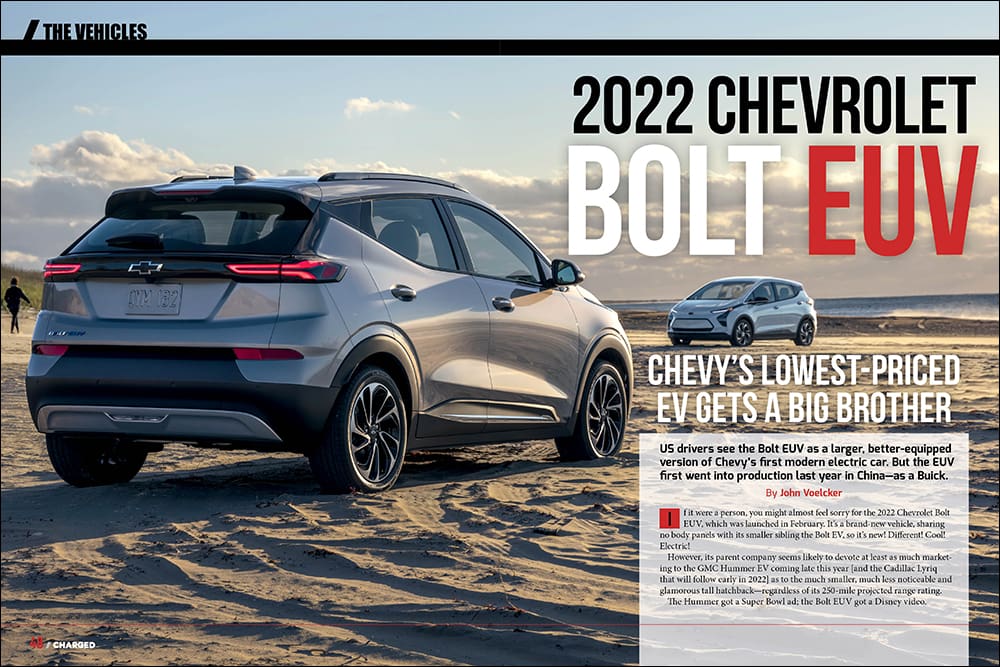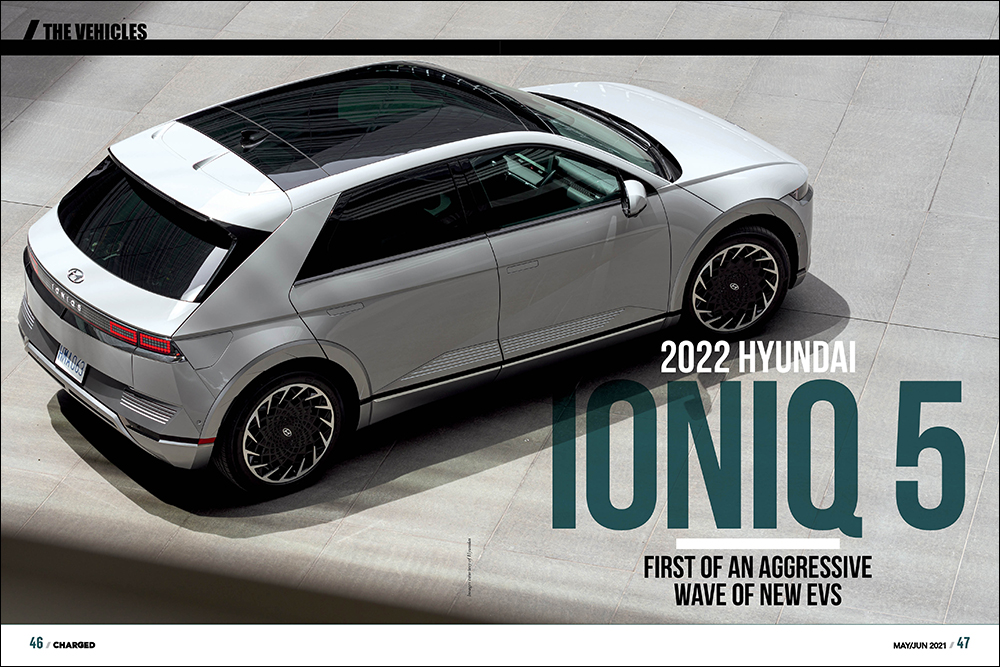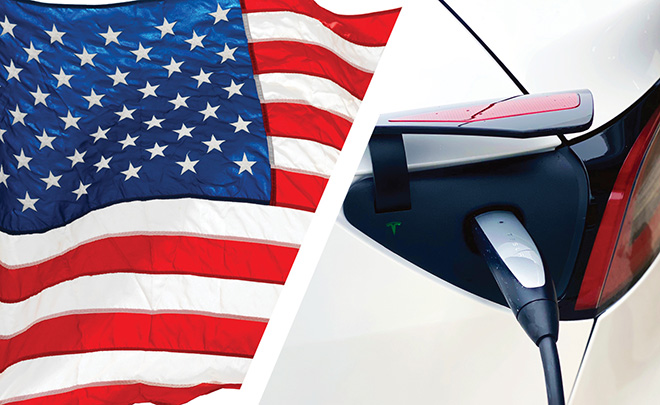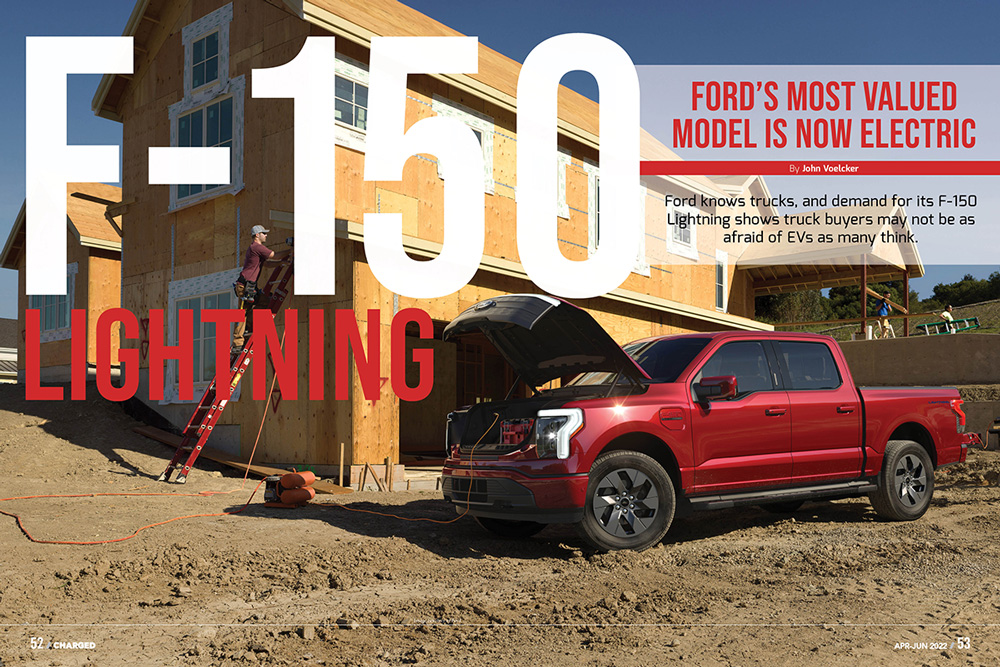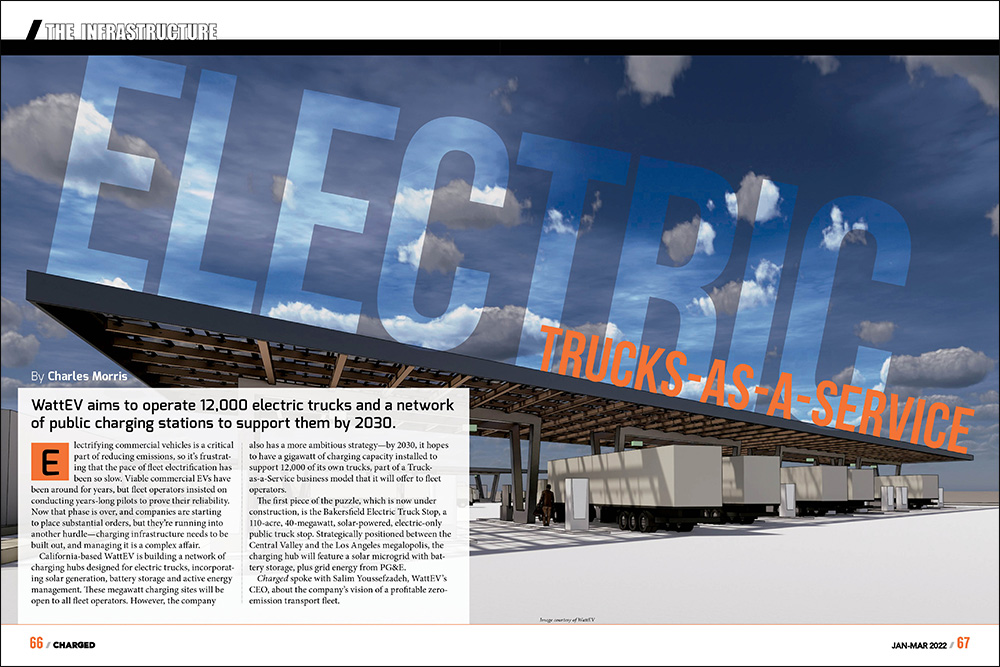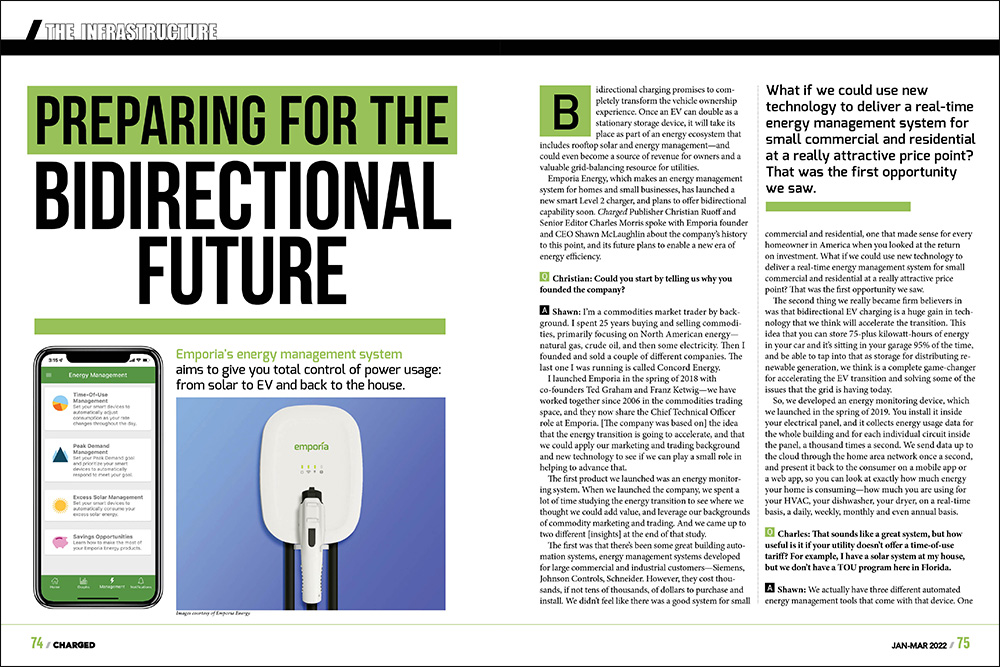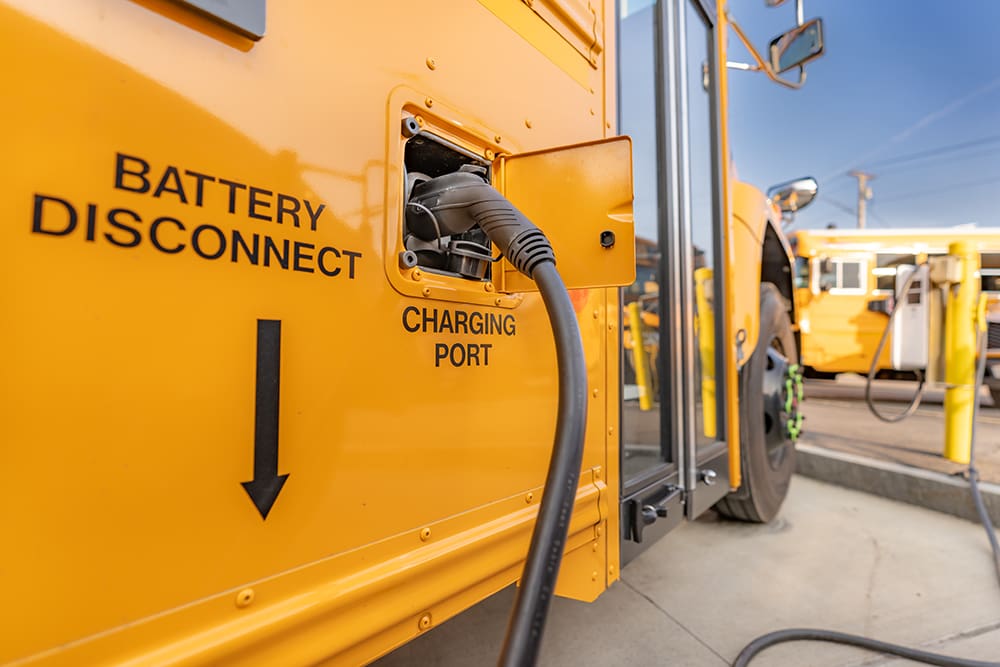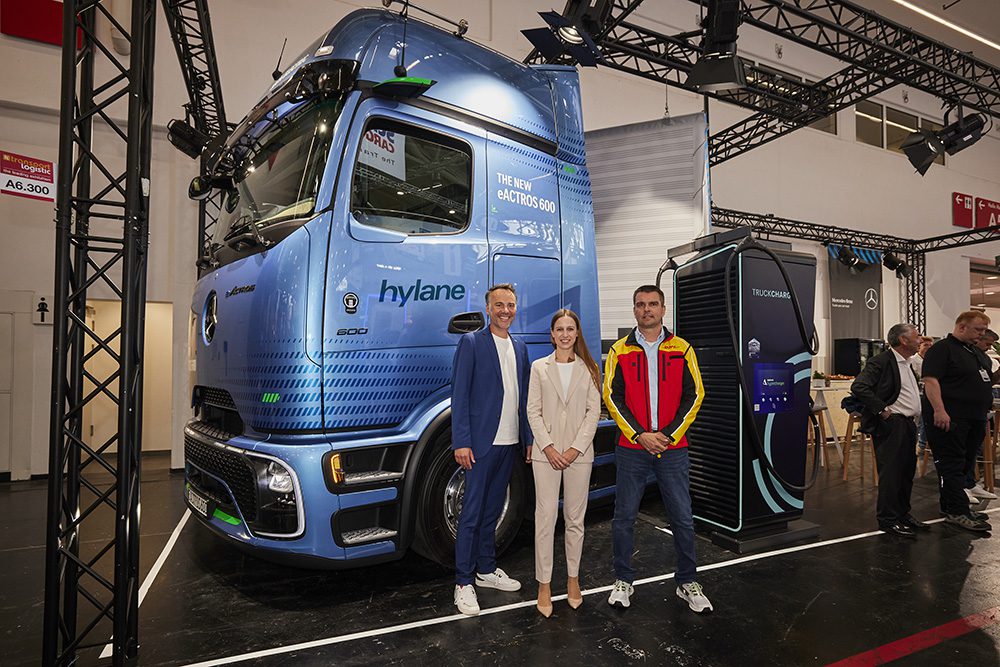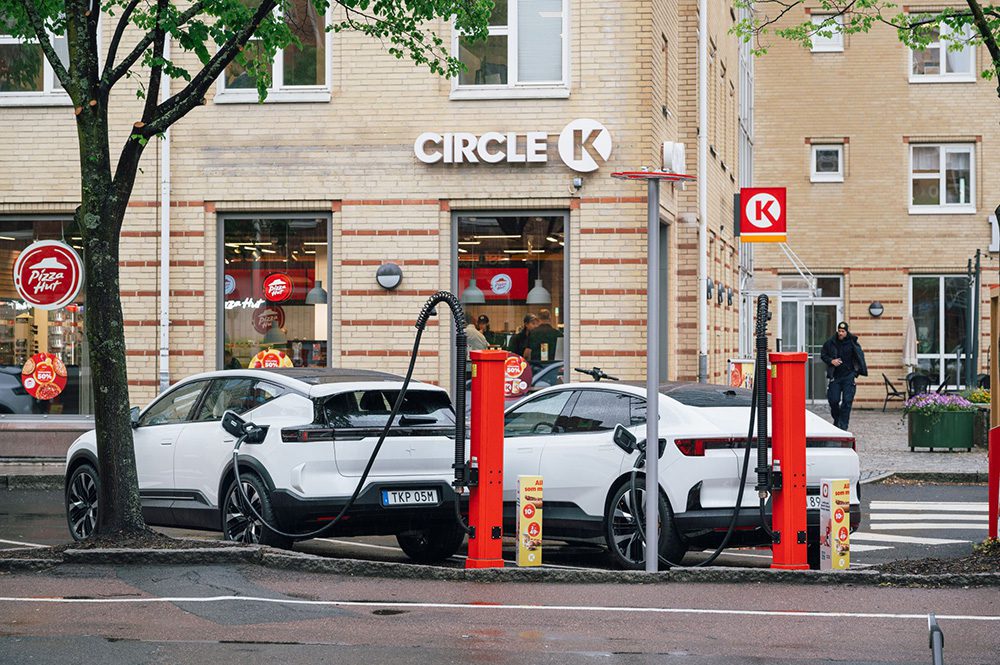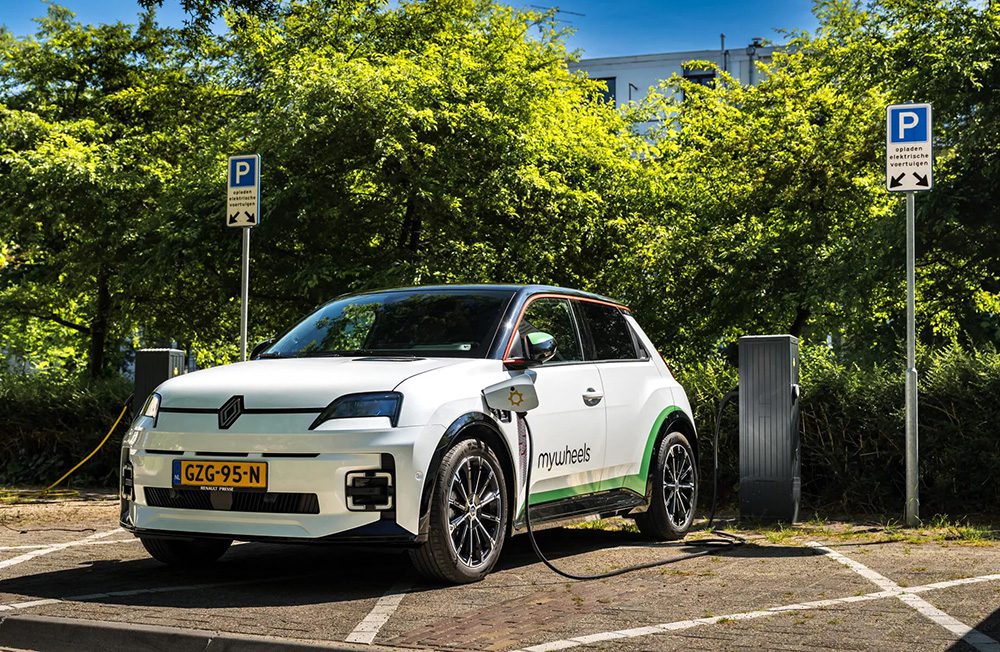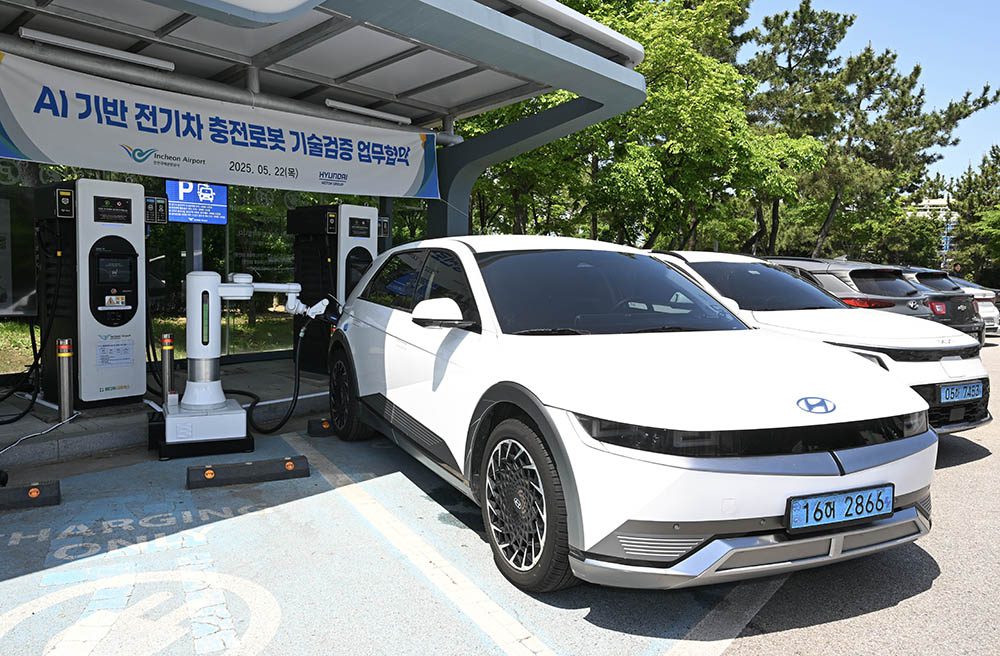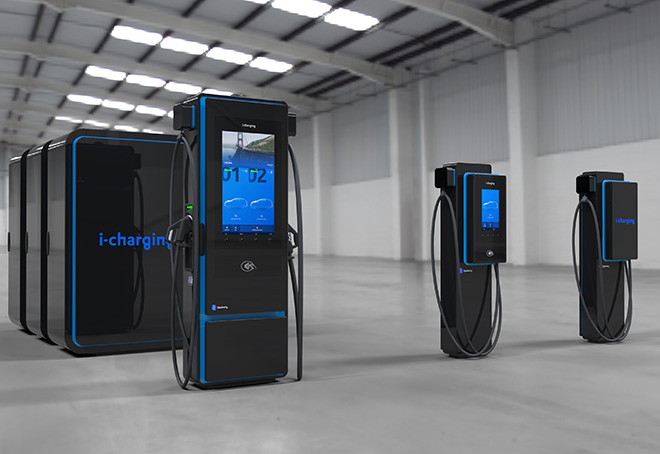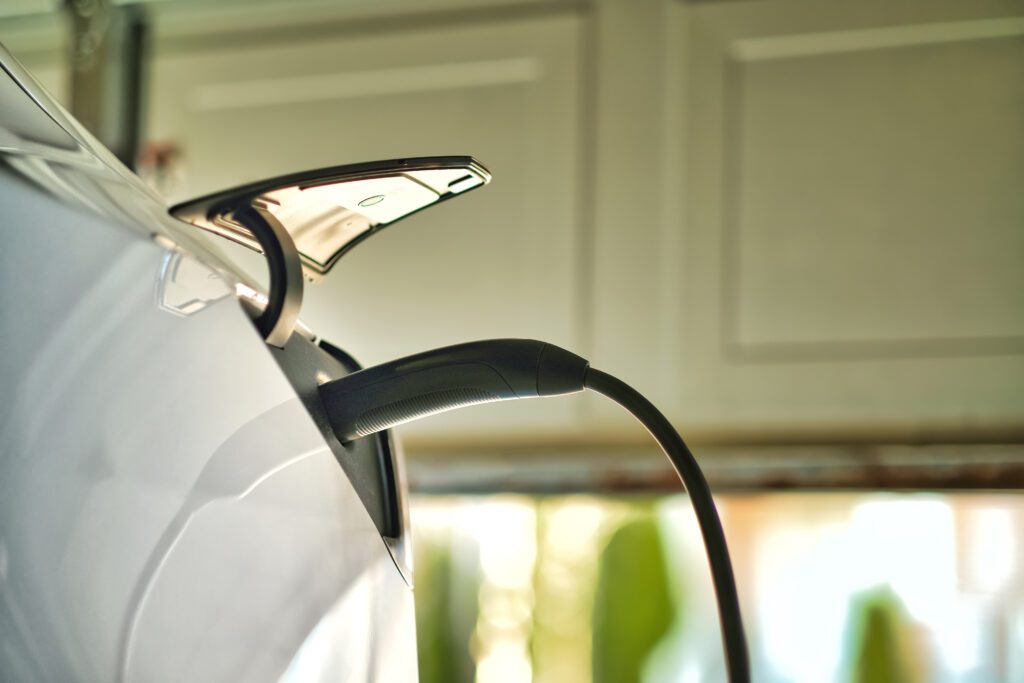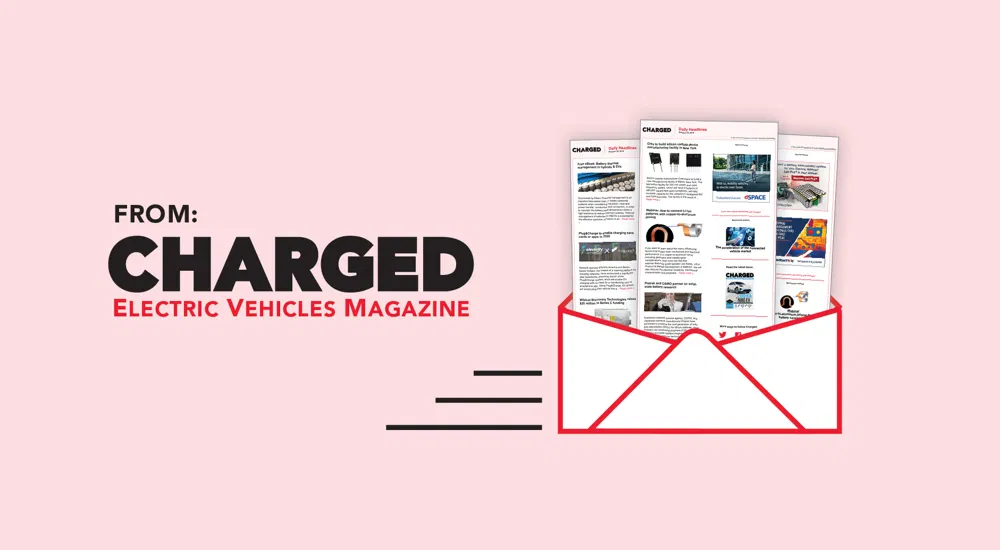By applying statistical geometry to analyze urban road networks, KAUST researchers have advanced their understanding of how dynamic wireless charging systems might influence driver behavior and city planning in a future dominated by EVs.
The study, published in the IEEE Open Journal on Vehicular Technology, used tools from stochastic geometry to establish a framework that enables evaluating the performance of charging road deployment in metropolitan areas. (Stochastic geometry is a branch of applied probability particularly adapted to the study of random phenomena on a plane.)
The researchers first presented the course of actions that a driver should take when driving from a random source to a random destination in order to maximize dynamic charging during the trip. Next, they analyzed the distribution of the distance to the nearest charging road. Finally, they derived the probability that a given trip passes through at least one charging road.
The derived probability distributions can be used to assist urban planners and policymakers in designing the deployment plans of dynamic wireless charging systems. They can also be used by drivers and auto manufacturers in choosing the best driving routes given the road conditions and battery state of charge.
“Our main challenge is that the metrics used to evaluate the performance of dynamic charging deployment, such as the distance to the nearest charging road on a random trip, depend on the starting and ending points of each trip,” said first author Duc Minh Nguyen. “To correctly capture those metrics, we had to explicitly list all possible situations, compute the metrics in each case and evaluate how likely it is for each situation to happen in reality. For this, we used an approach called stochastic geometry to model and analyze how these metrics are affected by factors such as the density of roads and the frequency of dynamic charging deployment.”
Applying this analysis to Manhattan, which has a road density of one road every 63 meters, Nguyen and colleagues determined that a driver would have an 80% chance of encountering a charging road after driving for 500 meters when wireless charging is installed on 20% of roads.
Source: KAUST
